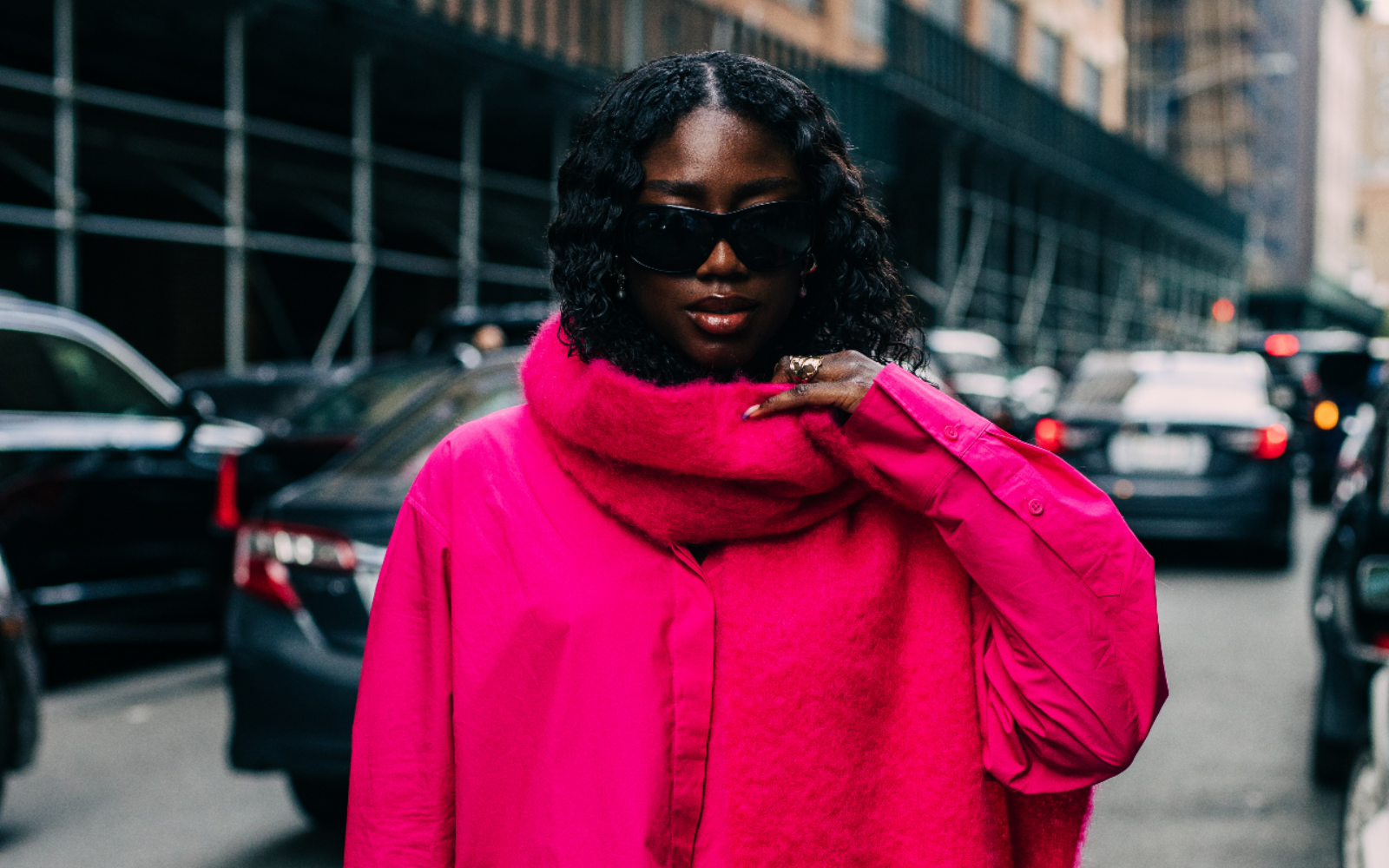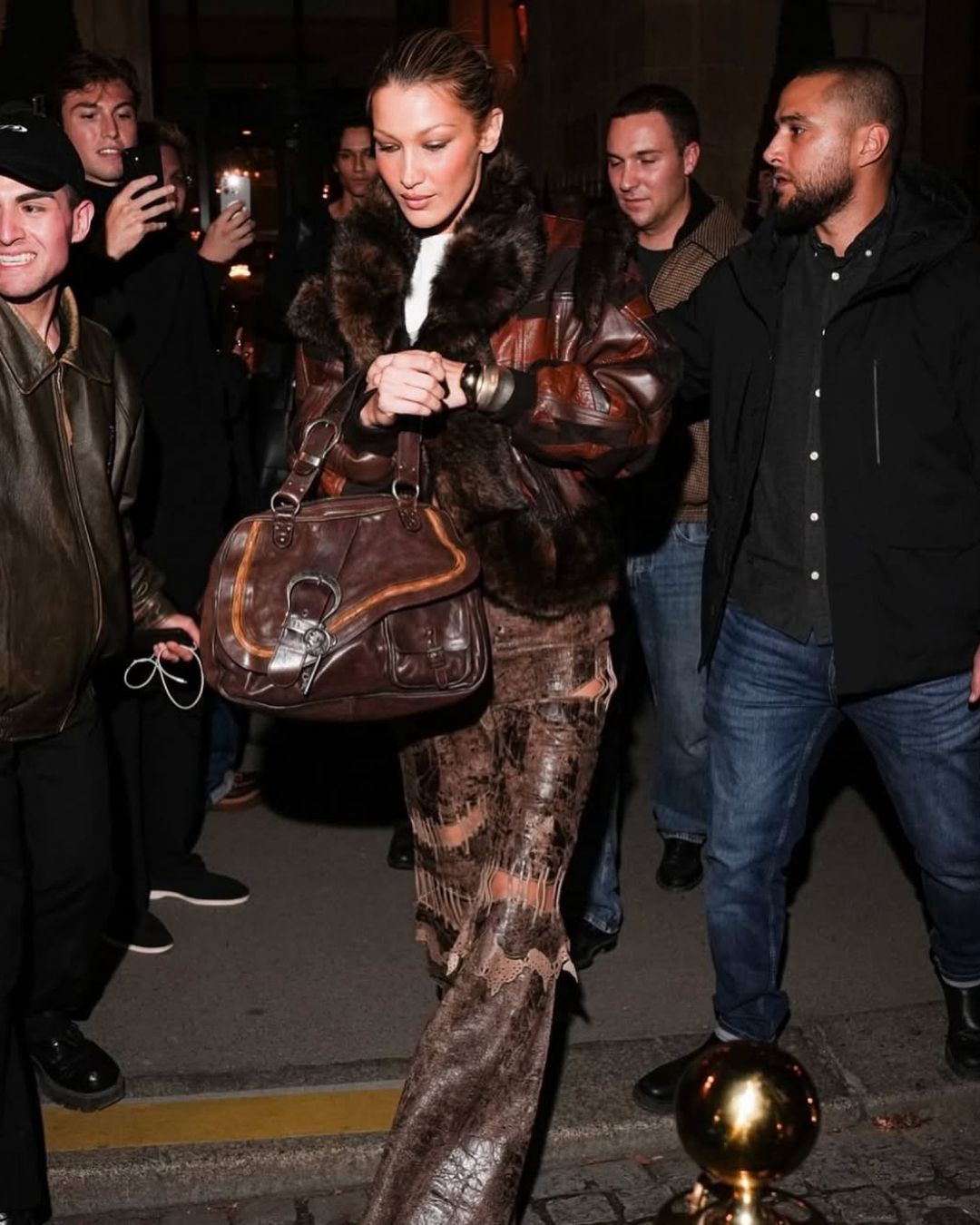
Can fashion be predicted? Trends among data, printouts, and time projections
When Y2K is on the pages (and in the feeds) of every magazine and drives much of the conversation about fashion, it may be too short-sighted to speak of trends in general. And if this fall goes viral - the question of seasonality is so complex that it was even addressed in the writings of Roland Barthes -if a particular print or color has a particular resonance, then there's probably something more complex behind it. Having established the importance of the creativity of creative directors, stylists, photographers and editors, we are left with the certainty that fashion is a system based on business and sales. Sales that, to be effective in every way, require strategic planning that borders on mania.
Meryl Streep’s Cerulean Monologue in “The Devil Wears Prada” pic.twitter.com/o47YE5bDlH
— hugeasmammoth.films (@hugeasmammoth_) July 10, 2022
If until recently - the most important caesura can be directly linked to the advent of digitalization in conjunction with the streetwear wave - the main engine for trend sorting was kept alive by the moment of the runway show, things have changed somewhat over time. Specifically, this type of trend forecasting is based on a top-down categorization system, which was described quite succinctly in the cult film The Devil Wears Prada by the words of Miranda Priestly:
«You open your closet and take out, for example, this blue felt sweater because you want to show the world that you take yourself too seriously to care what you wear. But what you do not know is that this sweater is not just light blue, it's not turquoise, it's not lapis, it's actually azure, and you also do not know that Oscar de la Renta came out with a collection of azure skirts in 2002, and then it was Yves Saint Laurent - if I am not mistaken - who came out with azure military jackets. And then cerulean quickly appeared in the collections of eight different designers. After that, it gradually made its way into department stores and finally invaded a tragic casual corner, where you obviously fished it out of the bargain bin. But that blue represents millions of dollars and countless jobs, and it borders on the comical to think that you are convinced you have made a selection from the fashion selection, so that you are actually wearing a sweater that was chosen for you by the people here, amidst a pile of stuff».
It is, in fact, one of many paths taken with the goal of determining the trends of a given season. The first step, in theory, should be to pinpoint the time frame of reference: How far can a brand, which needs to catch tastes and trends as quickly as possible, go with a prediction? And, more importantly, by what means? Temporal forecasting allows designers and buyers to know what will be in fashion in the near or distant future, and to plan collections and merchandising accordingly. Short-term trend forecasting (6 or 12 months) means working primarily with micro-trends, focusing on moods, colors and styles, and trying to capitalize on phenomena related to pop culture. Long-term forecasts, on the other hand, examine broader directional cues that indicate ongoing societal change: lifestyles, international and local demographic trends, consumer expectations, and purchasing impulses ultimately draw the lines of macro trends. Technological, scientific, economic, political, and cultural changes can also affect macro trends: the COVID -19 pandemic changed the way we consume and experience the products we need or are interested in.
@marcelazanini Part 1: Trend Forecasting #workinginfashion #fashionjobs #fashionstudent #fashionstudentlife #fashiontiktok original sound - marcela zanini
To effectively predict future trends, one must monitor socio-cultural movements to create short, medium, or long-term forecasts for the fashion scenario. Creating an accurate forecast primarily means processing an immense amount of information, which is then translated into visual narratives and mood boards for businesses. The complexity that this type of research requires is usually the reason for the high costs charged by agencies specializing in trend forecasting. In fact, the entire forecasting process is unique and tailored to the needs of each brand. Women's apparel brands, for example, invest more in microtrend analysis than men's brands because they produce more collections per year. In addition, forecasting is also influenced by the size of the company and its target market. Given the complexity and volatility of trend forecasting, it is important to understand which approaches are used. While the top-down mode relies on a basic assumption that does not allow it to go beyond the reality of the runway, the bottom-up scheme works in reverse and only scoops from the bottom up: street style, feeds and social listening take the lead in gathering information in parallel with shows and stores.
Most agencies tend to combine the two models and make the best of them because they already have a basic understanding of the mode scenario. However, these systems are often inefficient, expensive, and heavily dependent on the experience of the analysts, who tend to introduce bias into the prediction results. The advent of the digital age, the virality of trends, speed to market, and consumer behavior have changed over the past decade, complicating trend forecasting. The record of purchases on online or offline retail platforms is an important source of data for analyzing fashion trends, but limitations such as promotions and other types of circumstances that may not reveal users' actual preferences or trends must be taken into account. Social media, on the other hand, capture the daily lives of people around the world and have evolved into platforms that allow more and more users to express their fashion preferences and opinions. Consequently, they represent a natural outlet for the study of trend analysis. In addition, data from social media are huge, diverse, closely related to fashion trends, and have a long time span, making intelligent analysis of fashion trends on a large scale both possible and valuable. This is precisely what Heuritech, a company specializing in trend forecasting, is doing. Its patented image recognition engine can recognize and classify thousands of components in a single social media image including shapes, features, fabrics, textures, patterns and colors. Heuritech's technology determines, for example, that you are looking at a picture of a striped T-shirt, working on the component units of an item. Since this technology analyzes millions of photos every day, the volume of striped T-shirts can also be calculated. Heuritech can predict future behavior by quantifying the previous growth and evolution of a trend by examining its volume or popularity.
These predictions are critical for merchandisers and designers to understand how a particular product will be received in real time, by what type of customers, and in what regions of the world. By using artificial intelligence to transform social media posts into relevant data, Heuritech can enable companies to better predict demand and trends, produce more sustainably, and gain an exceptional competitive advantage. In the near future, we may see AI models capable of incorporating increasingly diverse consumer data. The researchers noted that although the results were good, some aspects could be improved over time. Information - preferences in fashion, occupation, hobbies, and even brands with which a consumer is most likely to identify - about the user is likely to become more sophisticated and detailed, making predictions increasingly accurate in both qualitative and quantitative terms.













































